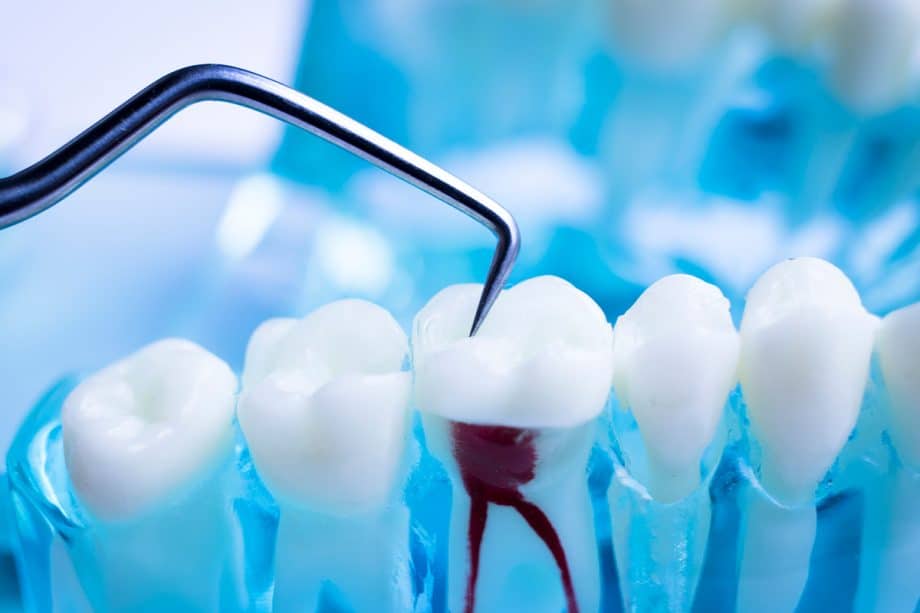Root canal therapy is a routine, non-surgical procedure that treats and removes infection or inflammation in the tooth's pulp. Endodontic surgeries address infections that persist after root canal therapy involving the root's tip, where they are difficult to access.
Non-surgical Root Canal Therapy
Root canal therapy is a straightforward procedure that clears inflamed and infected tissue from the tooth's interior. Endodontists perform root canals exclusively and are specially trained to handle even the most difficult cases. They utilize 3 dimensional radiography and surgical microscopes to provide expert treatment of your tooth.
Symptoms Indicating the Need for a Root Canal
A tooth that needs a root canal may hurt when you bite or chew on it. It may be strongly sensitive to heat and cold, with the sensation persisting even after removing the food or drink.
The Root Canal Procedure
To perform a root canal, the endodontist first makes a small opening in the top of the tooth to access the diseased pulp. The endodontist then uses specialized instruments to clean and reshape the inside of the root canals, locating and removing the source of the infection or inflammation.
After treating the diseased tissue inside the tooth, the endodontist will reseal it with gutta-percha to keep out food and saliva. The endodontist places a temporary filling to protect the tooth while it heals. Your family dentist will place a bonded restoration and permanent crown over the treated tooth within a month.
Endodontic Surgery
Endodontic surgery typically happens when a tooth that previously had a root canal begins to show symptoms again. Sometimes there can be a persistent infection inside the root canals that cannot be eradicated non-surgically, especially if the patient has complex root anatomy or mineralized canals. Surgery can also be indicated if there is a suspected fracture of part of a root that needs to be removed.
In an apicoectomy or root-end resection, the endodontist accesses the root's tip by making a small incision in the gum and bone. The endodontist carefully cuts the root tip and reseals it to prevent future infection.
Another type of endodontic surgery is performed to repair a defect from a process called resorption. This is a unique situation where an endodontist may have to reflect the gum tissue in order to seal the defect from the external aspect.
Symptoms You Should Watch For
If you experience any of the symptoms below, especially if they affect a tooth that underwent root canal treatment at any point in the past, consult us as soon as possible:
- Continuous pain that may be severe
- Pain when the tooth is touched lightly
- “Bumps” on the gum tissue
- Swelling of the gums or face
Call Tittle Endodontics
Root canals and endodontic surgery are related procedures that are necessary at different times. They can relieve your pain and save your tooth. No matter what type of endodontic procedure you need, we can treat your problem with care and precision.
Call our Pleasant Hill, CA office at 925-676-3388 to learn more about our endodontic services and make an appointment.


